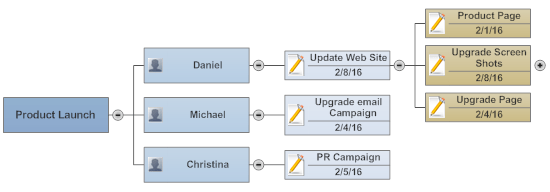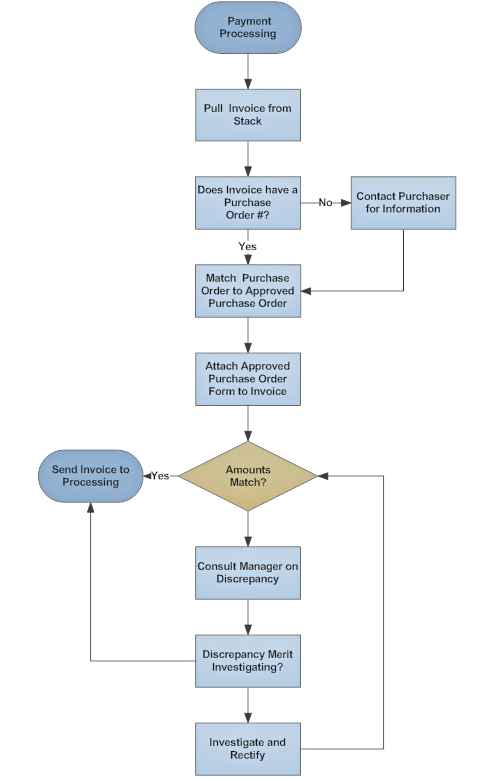Титаник считался непотопляемым. Мы знаем, что с ним случилось.
Многие проекты с самого начала кажутся такими же надежными, полными оптимизма, который естественным образом сопутствует новым начинаниям. Но существует множество препятствий, которые могут быстро превратить проект в катастрофу.
И хотя нет надежного способа устранить все проблемы, которые могут возникнуть, знание о них и предварительная подготовка могут значительно облегчить их решение.
 The Titanic was said to be unsinkable. We know what happened.
The Titanic was said to be unsinkable. We know what happened.
Many projects seem just as solid at the outset, buoyed by the optimism that naturally comes with new things. But there are a myriad of obstacles that can quickly turn a project into a disaster.
While there’s no surefire way to eliminate all of the potential challenges that may arise, being aware of them and making good preparations in advance can make them much easier to manage.
1. Unclear goals
Having a project without clear goals will just confuse and frustrate people. It’s like asking them to shoot an arrow blindfolded with no idea where the target is. After all, if you don’t know what your intended destination is, how will know when you arrive?
A good project goal should be short and simple—you should be able to fit it into a tweet (140 characters).
2. Insufficient plan detail
All too often, project plans don’t provide sufficient detail to ensure success. Not only can this be confusing to team members, but it can lead to inaccurate time and cost estimates.
The solution to this is to break down each segment of the project into more detailed tasks and sub-tasks. These should be tasks that can be completed in no more than a day or two in most cases. For larger, more complex projects they should take no longer than five working days.
3. Scope creep
Every project suffers some degree of changes in scope. It’s inevitable, because unforeseen issues will arise that demand some change. The key is to not let them derail the entire project.
A good manager must carefully consider requests for change in scope. If the scope of the project is expanded, make sure to expand the budget and deadlines accordingly. Otherwise, the project and team members will become too strained to accomplish everything on time.
4. Wrong people for the job
Make sure the right people are working on the project. They need to have the experience, skills, and knowledge needed to complete the tasks assigned to them. A careful, honest evaluation should be done by the project manager prior to the start of the job. Sometimes some training or mentoring can fill the gap. Other times it may be necessary to outsource some of the work involved.
5. Accountability issues
It’s critical that each person on the team is clear on his or her roles and is accountable for their completion. A lack of accountability can lead to a total project breakdown, particularly where there are task dependencies.
A project chart that clearly shows assignments can help tremendously. Not only does each team member see and understand his or her areas of responsibility, but the assignments of all team members are completely transparent.
6. Inconsistent processes
Having consistent templates, tools, and procedures make projects easier to manage and run more efficiently. While each project may change in size, scope, and team members, the process is often the same, or very similar.
Diagram the work flow using a flowchart. Create it from the perspective of the job, not the individual doing the work. That way, new team members or outsourced contractors can quickly understand their role and how it fits into the overall project structure.
7. Poor communication
Project managers need to keep lines of communication open with team members at all times. This needs to be a two-way street. Set this up as part of the project process, so that there is regular communication. Knowing about any possible delays or issues early can help you avoid more serious problems down the road.
8. Unrealistic deadlines
Sometimes, a short deadline for a high-profile client with an important project can get a team focused and energized. But successful project managers know that setting unrealistic deadlines on an ongoing basis is a recipe for disaster. It will kill morale and lead to late deliveries, making for unhappy customers.
9. Risk mismanagement
Sometimes a project is planned out in detail, everyone is on board, and things are running smoothly. Then an unforeseen occurrence happens and the project skids off the rails. Why? Failure to manage for risks. A good project manager must not only plan but also prepare for contingencies. Constantly ask «what if?» questions — both of yourself and of your team members.
10. Stakeholder apathy
Often, this is a byproduct of projects that don’t mesh with the organization’s strategic plan. Those that do are far more likely to receive management’s support for resource and budget requests.
It»s also critical for the project manager to communicate clearly and consistently with all stakeholders—team members, vendors, contractors, management, and the client—throughout the life of the project. Encourage feedback, as well. Keeping all parties engaged in the process will lead to less stress and a more positive project experience.










Оставить комментарий